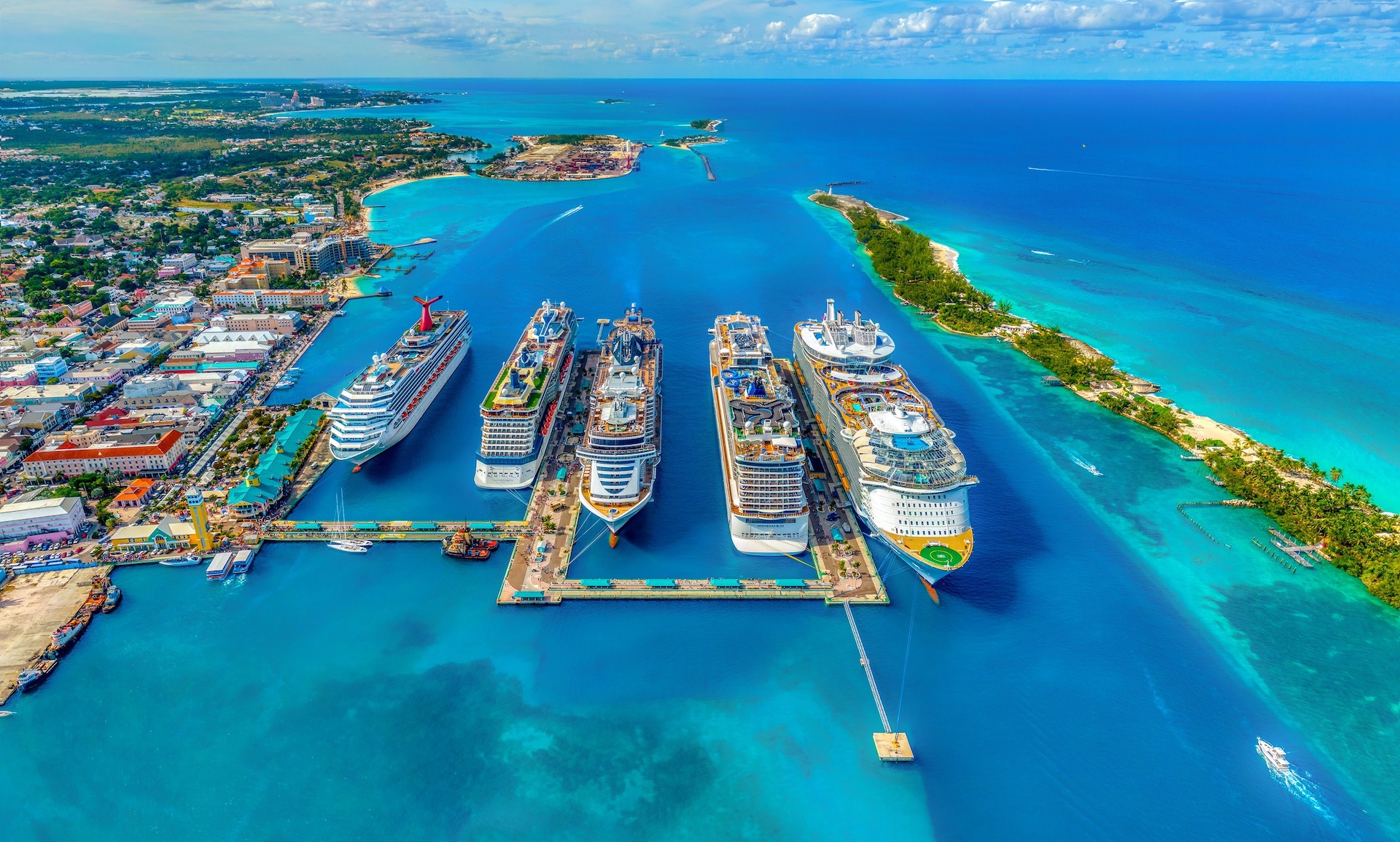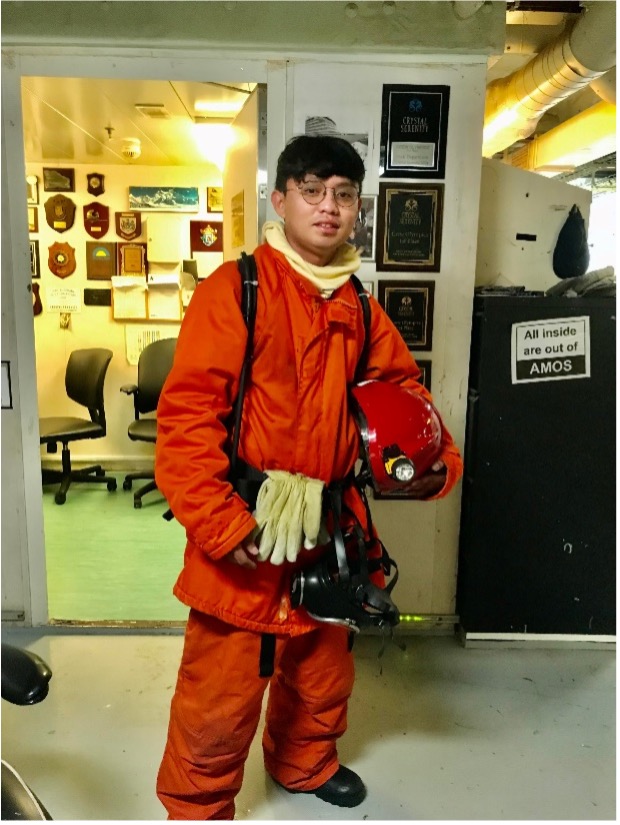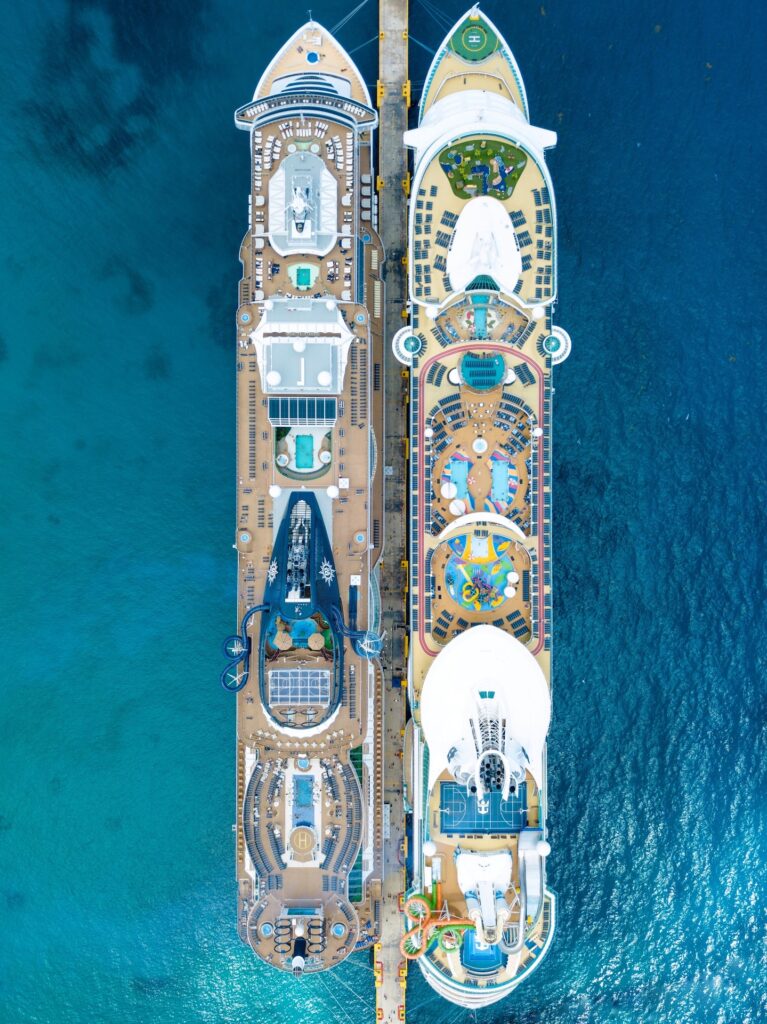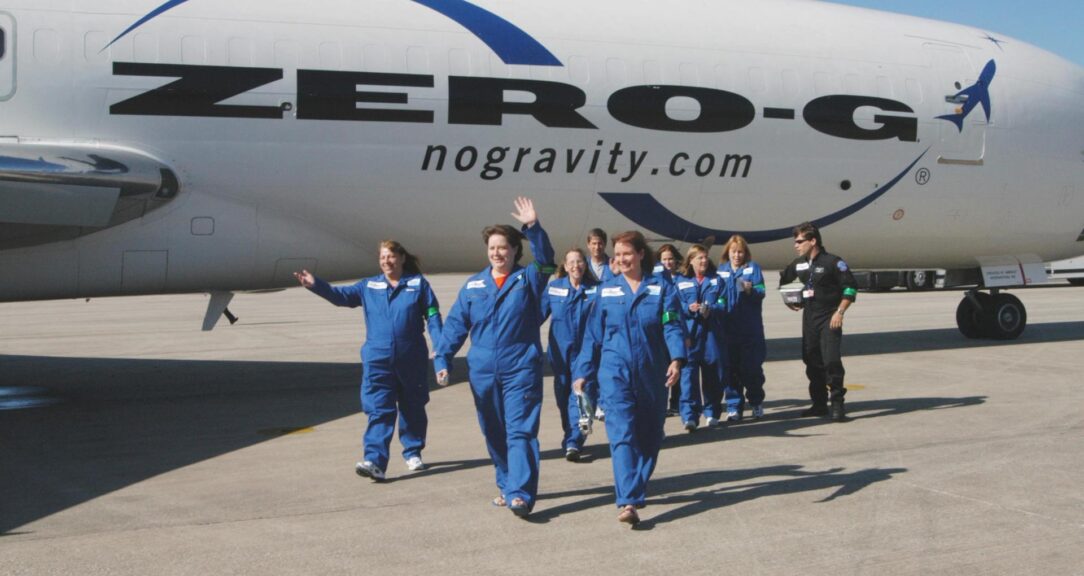One March morning in 2020, a luxury cruise ship was sailing smoothly along the azure waters of southern Florida. The ship’s close to 1,800 crew members were gearing up for another day of work. Some of the 3,000 passengers ambled about, ready to be fed, entertained and pampered. The sea sparkled as the giant island of steel cut through its glassy surface, making way for its next port of call.
It’s another great, sunny day, Justin Alcantara, 26, thought.
Alcantara was the ship’s quartermaster, steering the ship and assisting navigators in the bridge. He looked far out to the horizon, ensuring their sea lane was clear.
He was thinking also of his family back in the Philippines, daydreaming about where he would take them next for vacation, when his reveries were cut short by his officer.
“We are going home,” the officer said.
“But, sir, we haven’t finished our contract yet,” Alcantara said.
“Yes. They are repatriating us though,” the officer responded. Alcantara felt like he had been doused with cold water. If he wasn’t at sea, he wasn’t earning for his family.
Soon, he was packing his things and flying back home to Manila. What greeted him on land was baffling — the streets were almost empty, authorities were in full personal protective equipment, movement was restricted, and the air was thick with fear. It was a complete contrast to the revelries of the cruise ship he had just disembarked from.
“A pandemic broke out in the continents as we go on with our lives on the high seas,” he recalls. “It was devastating coming home to confusion, restrictions and uncertainty.”
Alcantara, who is being identified by a pseudonym to protect his job, was among the 325,000 Filipinos whose jobs onboard cruise ships were sidelined by the Covid-19 pandemic. Though the seafarer was repatriated at the peak of the crisis, the International Maritime Organization estimated that 300,000 crew of various nationalities were trapped onboard past their contracts because of travel restrictions; more than 100,000 were working on cruise ships.
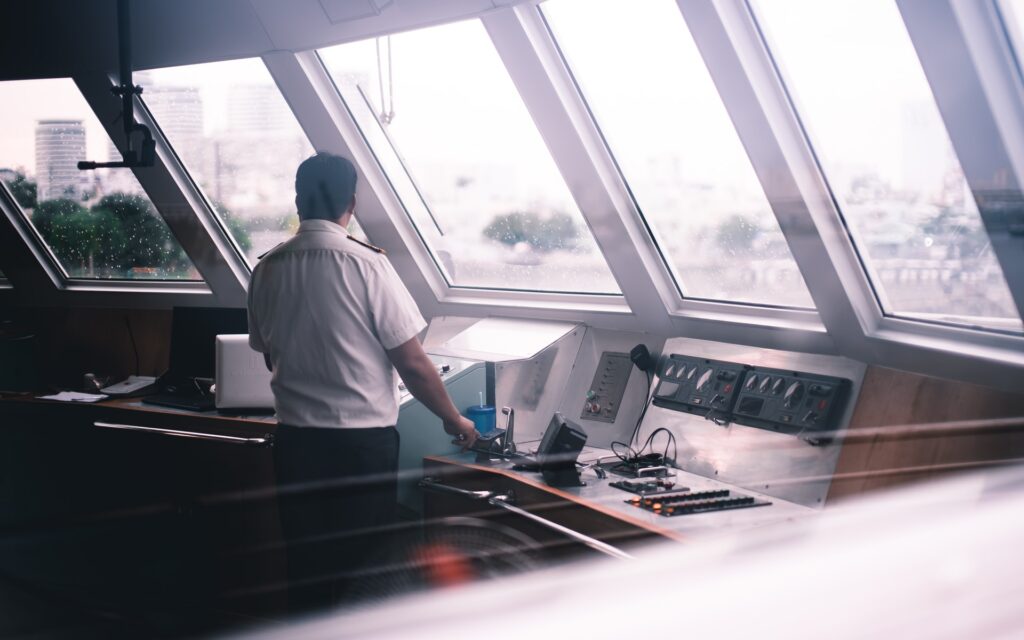
Going home would have been a relief for them. But unemployment was also a disaster.
“I chose a career at sea because it is more lucrative than many other land-based jobs back home. I need more than the average salary to support my family,” Alcantara says.
A minimum-wage worker in the Manila area earns 13,962 Philippine pesos (PHP) per month, about $271, according to the Trade Union Congress of the Philippines. Alcantara earns PHP 61,548 to PHP 82,330 ($1,200 to $1,600) per month as a quartermaster.
“I was grateful to be repatriated safely back home by my company,” he says. “It was unfortunate, however, that I had to fend for the next 14 months without work.”
The cruise industry generated more than $150 billion in global economic activity and supported more than 1.1 million jobs in 2019, according to the Cruise Lines International Association (CLIA). After the suspension of cruise operations began in March 2020, those figures dropped by more than half. As the ship manning capital of the world, the Philippines were particularly hard hit.
The country has been the world’s main supplier of seafarers since 1987, according to the Philippine Overseas Employment Administration. Filipino workers make up more than 25% of the 1.5 million mariners in the world.
Filipinos also have strong family ties; many people stay in the same household even after marriage. The heads of the family, or breadwinners, work hard to ensure the welfare of their people. That work ethic combined with Filipinos’ world-class skills and competence in seafaring have earned them the admiration of ship owners and managers. During the pandemic, the Philippines’ Maritime Industry Authority reported that cruise ship employment saw a 64% decline from 206,195 in 2019 to 73,328 in 2020. That drop put the survival of tens of thousands of Filipino families at risk.
The unsung heroes
Many countries repatriated overseas workers as the pandemic grew in intensity, but for workers at sea, the process was more complicated. Filipino Jewell Lorejo, 26, was working as an ordinary seaman on a cruise ship in the Bahamas when the news broke that their vessel would be laid up.
The U.S. Centers for Disease Control and Prevention (CDC) had issued a No Sail Order on March 14, 2020, and CLIA members suspended their U.S. cruise ship operations for 30 days. And then the CDC renewed its order for another month, and another month.
The global cruise industry has about 50 players, including the big three: Carnival Corp., Royal Caribbean Group and Norwegian Cruise Line Holdings. For some smaller operations, including the cruise company Lorejo worked for, the pandemic pause was more than they could handle.
“Our company went bankrupt due to the pandemic, and the ship I was working on was taken out of operations,” Lorejo says. “Unfortunately, I was not among the chosen who would be sent home.”
While most passengers were swiftly repatriated, cruise workers still aboard ships had to isolate themselves in their cabins. Hospitality staff, medical professionals and the crew responsible for the upkeep and navigation of the ship had to continue working, even if their contracts had already lapsed.
The No Sail Order went on for the next five months. Many seafarers experienced stress and depression from the isolation. Bloomberg reported at least a half dozen suicides by staff on cruise vessels during the pandemic.
Ship owners and operators scrambled to ensure that deployed seafarers could safely get home amid the ever-changing travel and quarantine restrictions worldwide.
“It was a completely different paradigm for the local manning agencies,” says Miguel Rocha, chief executive officer of C.F. Sharp Crew Management. Manning or crewing agencies recruit people to work onboard for their ship-owner clients, ensuring that all certificates, documentation, medical and travel requirements are complete before deployment.
“We were basically operating in an environment that has no prior infrastructure, protocol, or facilities,” Rocha says. “We were bringing hundreds of thousands of seafarers home while the government was still in the process of figuring out how to handle the pandemic and where these repatriates would be housed.”
C.F. Sharp was among the first manning companies in the Philippines to take on the complex repatriation of its more than 11,000 cruise workers around the world, chartering 13 commercial flights over seven weeks.
“Under normal circumstances, a manning agency is no longer responsible for the crew’s arrival in their home country when they are no longer under contract,” Rocha says. But in the pandemic, they had to arrange quarantine facilities, Covid-19 testing and other documentation requirements.
“All this groundwork implemented by the local government agencies were initiated by manning agencies in cooperation with ship owners,” he says. “These ship owners took it upon themselves to shoulder the cost of repatriation and quarantine. It was already beyond their responsibility but in the name of humanitarian efforts, they simply said, ‘We just need to get them home.’”
The repatriation and quarantine costs were later assumed by the Overseas Workers Welfare Administration, but for the first six months of the mass repatriation effort, the costs fell on the ship owners.
Edgar Ala II, deputy general manager of North Sea Marine Services Corp., also found the situation challenging.
“The best thing we could do was join the other manning agencies that are spearheading repatriation protocols for Filipino seafarers. These we all did virtually since no one was allowed then to work in person,” Ala says. “We managed crew changes onboard ships that, despite being on temporary stop-operations, still needed several seafarers to ensure the ship was still in good running condition.”
Rocha concurred with the difficulty in crew changes.
“Deploying a crew to a moving target in another country was especially difficult during the beginning of the pandemic,” he says. “The ever-changing conditions were a crisis on its own. Replacing a crew onboard was nearly impossible as many ended up getting stranded at sea — another set of humanitarian issues for the maritime industry.”
Lorejo was among the fortunate cruise workers who felt taken care of, continuing to be paid past the end of their contract. It’s still uncertain when or if the ship will be bought by another operator.
“Even though our company has already filed for bankruptcy, we still receive our salaries. The pay is sometimes delayed, but I am glad it still comes in,” Lorejo says.
Today, more than two years later, Lorejo and his crew mates are still aboard the cruise ship, ensuring its seaworthiness until they can return home.
Silver linings
For a time, Alcantara was just another number in the unemployment statistics of the maritime industry. He opted to swim against the tide and made the most of the situation when he returned to the Ilocos Norte region of the Philippines.
“It had its advantages. The best one is being able to spend longer time with my family — two years straight,” he says. “The longest time I’ve spent with them was whenever I am given a three months’ vacation. Another upside was that I’ve learned to build and run my own business, supplying motorcycle gears. That has been our saving grace the entire time I was unemployed.”
Today, as cruise ships are returning to the seas, Rocha observed that hiring experienced hospitality workers has become a challenge.
“So many hotels and restaurants shut down for the past two years of the pandemic,” Rocha says. “Newly graduated hospitality professionals have nowhere to train and gain experience from. There is an increased demand now for cruise ship workers, but our local infrastructure could not produce the people that are demanded by the world.”
C.F. Sharp is seeing a significant increase in the demand for Filipino cruise workers from ship owners and cruise operators.
“Other countries like India and Indonesia, who were traditionally sending hospitality crew on cruise liners, are now having their own pandemic-related challenges. Hence, the ship owners are now making deliberate efforts to hire additional Filipinos,” he says.
Rocha adds that even with the extra expenses incurred by ship owners for the quarantine and repatriation of crew during the pandemic, wages were stable when ships started operating again in the third quarter of 2021.
Alcantara was among those who went back to sea as soon as he could.
“Thankfully, I was redeployed on a cruise ship last August. The ships do not allow full passenger capacity yet; we are only 60% occupied,” he said.
Alcantara observed that cruise passengers found the journey a respite from the harsh realities of the pandemic.
“Some of them still talk about what happened to them during the pandemic, but many are already trying to forget,” he says. “This is better, though, as compared to being unemployed on shore.”
With fewer guests onboard, Alcantara notes that those working in hospitality are reporting fewer bonuses and tips from the passengers. And some crew members are taking extra jobs in the hospitality department to earn a little more.
According to the International Labor Organization’s Maritime Labor Convention, normal working hours onboard a ship should be eight per day, with one day for rest. The frugal Alcantara opts to stay aboard the ship during his rest hours rather than go ashore with his crew friends for shopping and sightseeing.
“I am just in my cabin during my resting hours and days off. I simply believe that we are here onboard to earn, not to spend. The only rest and recreation I allow myself is the vacation I have with my family,” Alcantara says. “That’s how we are; we keep on grinding for as long as we can handle the job. We are doing this for our family.”
The Cruise Lines International Association predicts that passenger volumes will return to pre-pandemic levels in 2023, and cruise workers like Alcantara are ready to welcome them.
Read more
Sign up to keep up to date with ReThink Q.
